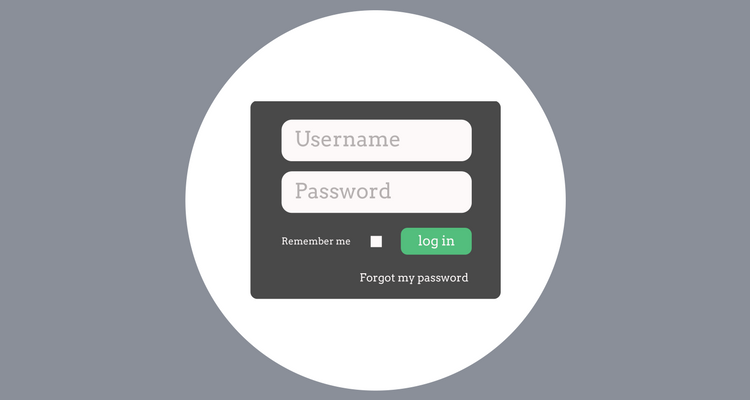Last updated on 16/05/24
Some of the well-known difficulties involved in website localisation are the lack of context and character limit. A list of apparently easy and straightforward general terms for an e-commerce site, for example, can be a localiser’s nightmare without screenshots, context and character limit. We need to know if your CTAs (‘save’, ‘book now’) are infinitive or imperatives, how big buttons and website sections are and where in the page each term will appear, for example. On top of that, there’s something extremely important you need to tell your language specialist — your intention and purpose. Why? Because localisation isn’t about words, but about messages. To get your message across to another language, we need to know your intention and purpose.
Ask yourself:
What’s the purpose of the message? What do you want to achieve with that text?
What’s your intention? What do you want the user to do next?
A recent story
One of my regular clients, a tours and attractions booking website, sent a short website localisation project. The task was to localise the titles of two tabs on their checkout page.
The terms to be localised were ‘fast checkout’ and ‘guest checkout’. They sent screenshots, so I could see where my text would appear, and the other elements included in each tab. I had the context, and from the context I could guess the following:
- ‘Fast checkout’ means a registered user can complete the purchase by signing in using their username and password (the fields in the form would be automatically populated with his details) or using the Facebook login option.
- ‘Guest checkout’ means that, to complete the purchase, new users need to register and create an account first.
When thinking about possible equivalents in Spanish, something was clear: straight literal translation wouldn’t work. Localisation is about understanding the message behind the words and getting it across in a different language in a natural way for the target audience. The message was ‘choose tab 1 to complete the purchase quickly without registration or choose tab 2 to register if you’re a new user.
[Tweet “Localisation is about understanding the message behind the words.”]
The key here is registration. As each tab included a CTA — ‘log in or log in with Facebook’ (tab 1) and ‘fill in your details’ (tab 2), I found it unnecessary and redundant to mention the process bit (registration) in the tab title. I suggested localising the titles as ‘Non-registered user’ and ‘Registered user’.
Why? Because that would make the user decide quicker. You get to the Complete Your Order page, and click on the corresponding tab, depending on whether you’re a new user or a registered user. Then, your chosen tab will tell you what to do next.
The client agreed that was a good localisation solution, but said it wouldn’t work here, because it didn’t fit their intention and purpose, which hadn’t been shared with me when assigning the project. Providing a full brief stating the purpose and intention of your message before confirming the project is essential. I got the feeling the client had done that on purpose, only to realise afterwards they had to share that information to receive a translation, not only correct, but that fitted their purpose.
It turned out that the company’s intention was to encourage people to click on tab 1. The reason being ‘guest checkout’ (tab 2) only provided the company with the user’s name and email address. However, clicking on tab 1 (‘fast checkout’) and logging in via Facebook would provide them with more information, which they’re allowed to add to their database and use it for marketing purposes. Basically, the company wanted to encourage users to click on the tab that would provide them with as much personal information as possible.
Therefore, my translation of ‘fast checkout’ into Spanish had to encourage people to click, while my translation of ‘guest checkout’ needed to have the opposite effect. From personal in-house experience as a content editor, buttons and CTAs containing the words ‘fast’, ‘express’ and similar ones tend to have a high click-through rate, so I chose the Spanish equivalent of ‘fast payment’ for ‘fast checkout’.
When thinking about translation options for ‘guest checkout’, the first thing that came to mind was ‘new user’ but, despite being correct, it’s not discouraging enough, so I tried my best to think as a user. Users are discouraged by long or complex processes. As ‘long checkout’ isn’t idiomatic and sounds weird to the Spanish ear, I had to go for something involving difficulty or hassle, so the idea of ‘registration’, which I originally rejected, came up as a solution. My final suggestion was the Spanish equivalent of ‘payment prior registration’, which hopefully is discouraging enough to make users click on the ‘fast payment’ tab.
As you can see, the same term of expression can be localised in many different ways, depending on what your purpose and intention is.
[Tweet “Remember: it’s not about the words, but about the message behind them.”]
DISCLAIMER
The information included in this article is correct at the time of publication/last update. This article is for informational purposes only, does not constitute legal advice and should not be relied upon as such. Any reliance you place on such information is strictly at your own risk. ICR Translations will not be liable for any loss or damage arising from loss of data or profits as a result of, or in connection with, the use of this website.

Irene Corchado Resmella, a Spanish translator based in Edinburgh. English-Spanish sworn translator appointed by the Spanish Ministry of Foreign Affairs, Chartered Linguist and member of the CIOL. As a legal translator, I focus on Private Client law, specialising in Wills and Succession across three jurisdictions (England & Wales, Spain, and Scotland). Affiliate member of STEP. ICR Translations is registered with the ICO and has professional indemnity insurance.

